When you think of Japanese culture, “Seiza” — sitting neatly on your knees — might be one of the first images that come to mind.
It looks elegant, peaceful, and respectful… until you actually try it and realize: your legs go completely numb!
So, what exactly is Seiza?
Why do Japanese people still use it today?
And is there a trick to sit longer without pain?

In this article, we’ll explore the definition, history, and correct way to sit in Seiza, as well as some useful tips to avoid your legs falling asleep.
What Is “Seiza”? – Japan’s Traditional Sitting Style
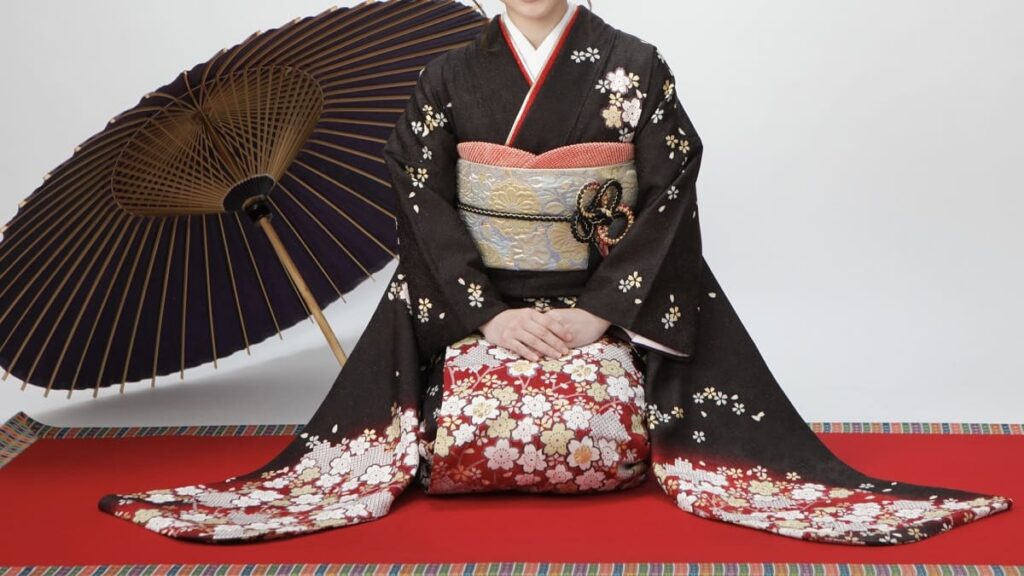
Seiza (正座) literally means “proper sitting.”
It’s a formal posture where you kneel on the floor, keep your legs together, fold them underneath you, and sit on your heels.
It might sound simple, but it actually requires balance, flexibility, and strength in your core.
This posture is considered the most polite way to sit in Japan and is still used in traditional settings like tea ceremony, flower arrangement (Ikebana), calligraphy, Rakugo (Japanese storytelling), Go, and Shogi (Japanese chess).
In formal occasions such as weddings, funerals, or ceremonies, Seiza is seen as a way of showing respect and humility.
For Japanese people, Seiza is more than just a way to sit — it’s a physical expression of discipline, respect, and mindfulness.
To many foreigners, it looks like an uncomfortable yoga pose.
But to Japanese people, it’s a beautiful way to express sincerity and politeness — especially when meeting elders, praying at a shrine, or joining a traditional event.
How to Sit in Seiza – Step-by-Step Guide
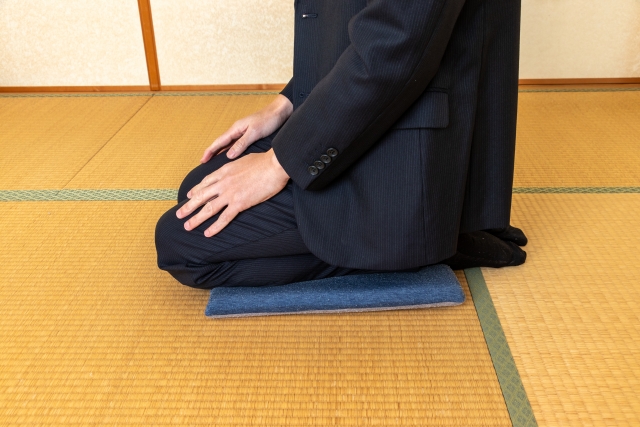
Although it looks simple, sitting correctly in Seiza makes a big difference in comfort and appearance.
Here’s a step-by-step guide on how to do it properly:
1. Prepare your posture
Stand or kneel on a soft surface (tatami mat or carpet is ideal).
Keep your back straight, shoulders relaxed, and head slightly lowered.
2. Kneel down
Place both knees on the floor, about shoulder-width apart.
Too narrow and you’ll lose balance; too wide and your posture won’t look elegant.
3. Arrange your feet
Stretch your toes backward and place the tops of your feet flat on the floor.
If your ankles feel tight, don’t force it — flexibility comes with practice.
4. Sit down on your heels
Gently lower your hips and sit on your heels.
Your spine should stay straight, and your hands should rest naturally on your thighs.
Avoid hunching your back — keeping an upright posture makes your Seiza look graceful.
5. Focus your eyes and breathing
Look straight ahead and take slow, deep breaths.
Seiza is often compared to a meditative pose — calm, quiet, and centered.
The History of Seiza – From the Nara Period to Modern Japan
Many people assume Seiza is an ancient Japanese tradition, but it actually came from China during the Nara period (710–784).
At that time, it wasn’t an everyday posture. People only sat in Seiza when praying to the gods or showing deep respect to high-ranking leaders, such as the shogun (military commander).
For common people, sitting cross-legged or sideways was normal.
Seiza was a posture of devotion and submission, reserved for sacred or formal situations.
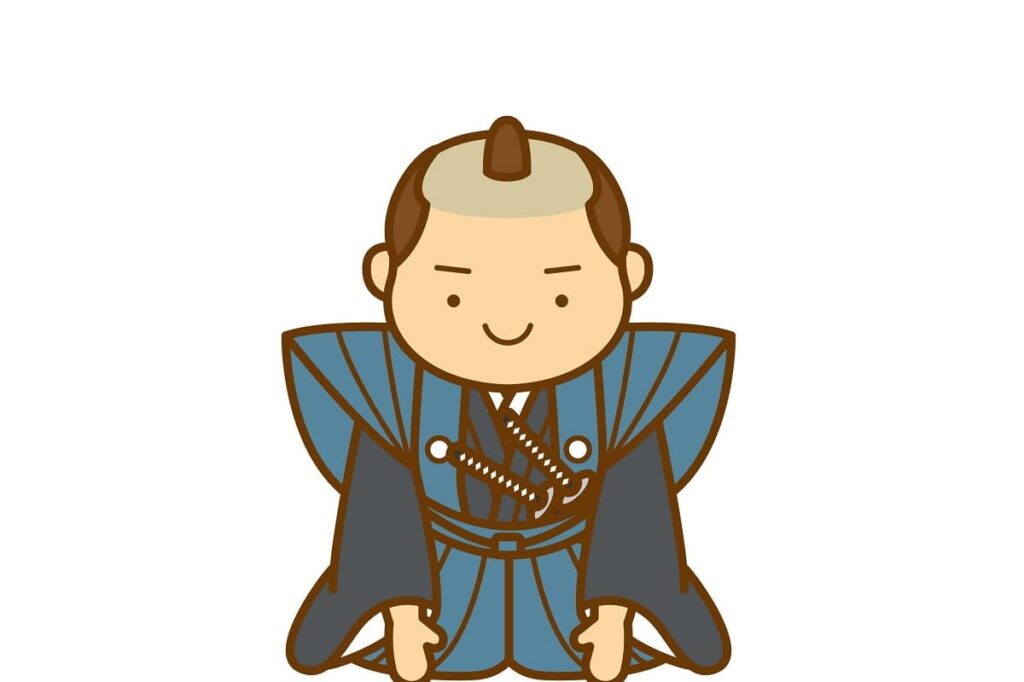
That changed during the early Edo period (1603–1868).
It’s said that Tokugawa Iemitsu, the third shogun of the Tokugawa Shogunate, promoted Seiza as the official posture for samurai lords during audiences with the shogun.
He introduced formal etiquette systems like the Ogasawara-ryu school of manners and required all visiting daimyo (feudal lords) to sit in Seiza before him.

The Ogasawara school of etiquette (Ogasawara-ryū reihō) is the only remaining samurai code of manners handed down through the Ogasawara family. It was originally established in the Muromachi period as a form of refinement that every samurai was expected to master.
This spread across Japan — from the samurai class to the general population.
Interestingly, there’s even a story that Iemitsu used Seiza for security reasons: making his retainers’ legs go numb so they couldn’t suddenly attack him!

It’s said that when Tokugawa Iemitsu was a child, he was made to sit in seiza as part of his discipline and experienced the same numbness in his legs — which later inspired him to make his retainers do the same.
At the same time, the act of sitting in Seiza was a way for vassals to physically express their loyalty and obedience to their lord.
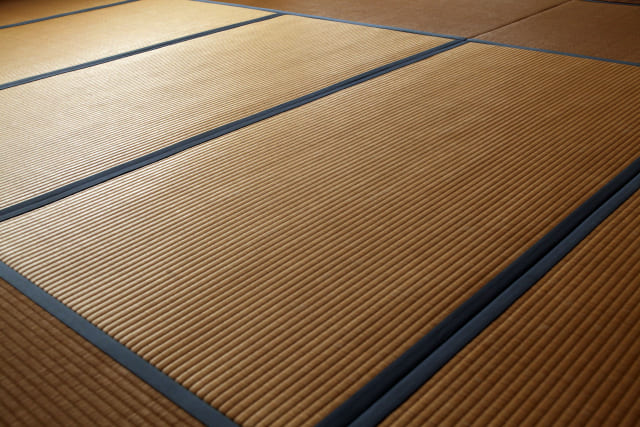
Another key reason Seiza became widespread was the popularization of tatami mats during the Edo period.
Tatami was softer and warmer than wooden floors, making Seiza more comfortable and practical.
By the Meiji era (1868–1912), the Japanese government began teaching Seiza as the “proper sitting posture” in schools.
It became part of moral education and national identity — a symbol of Japanese discipline and refinement.
Even today, Seiza is used in ceremonies, martial arts, and traditional performances.
It remains an elegant reminder of Japan’s long cultural history.
Do Japanese People’s Legs Get Numb Too? Tips to Sit Longer Without Pain
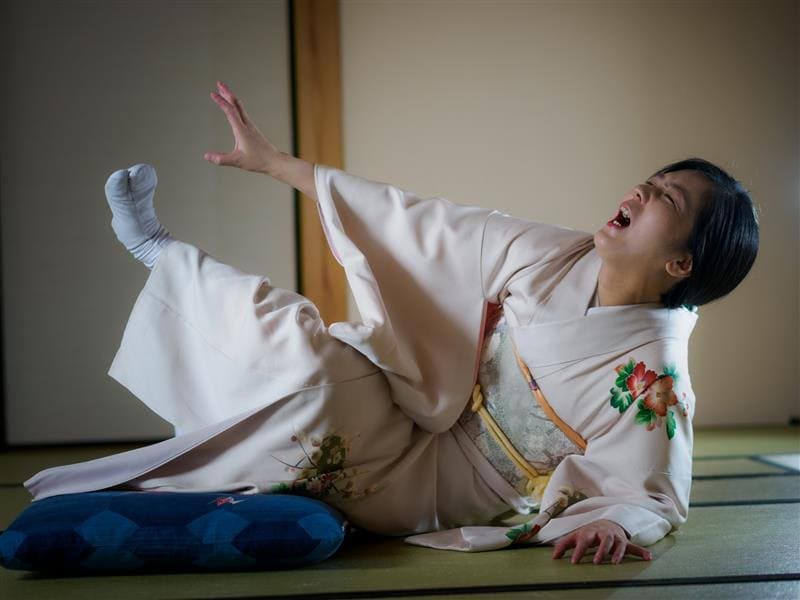
Many foreigners assume that Japanese people can sit in Seiza for hours without feeling numb.
But here’s the truth: even Japanese people’s legs fall asleep!
Seiza puts pressure on the blood vessels and nerves in your legs, especially around the ankles and knees.
After a few minutes, you might feel a tingling sensation or complete numbness.
So don’t worry — it’s not just you!

Since childhood, I used to find creative ways to reduce numbness whenever I had to sit in seiza for long periods, such as during Buddhist memorial services.
Here are some simple tips to help reduce the discomfort and improve circulation:
✅ Cross your big toes
Instead of sitting directly on your heels, overlap your big toes and slightly open your heels outward, forming a small “V” shape.
This position distributes your body weight more evenly and allows better blood flow.
✅ Switch the toes occasionally
If one foot starts to hurt, subtly switch the position of your toes — place the other big toe on top.
It’s a small move that makes a big difference.
✅ Use a cushion or Seiza stool
Modern Seiza cushions or small folding chairs can make long sitting sessions much easier.
You can find many of these in Japan’s souvenir shops or online.
They lift your hips slightly, reducing pressure on your legs and knees.
✅ Move your toes gently
If you’re in a formal situation and can’t change your posture, try to wiggle your toes a little under your kimono or dress.
It helps keep the blood flowing without being noticed.
Why Seiza Is Loved by Foreigners Too
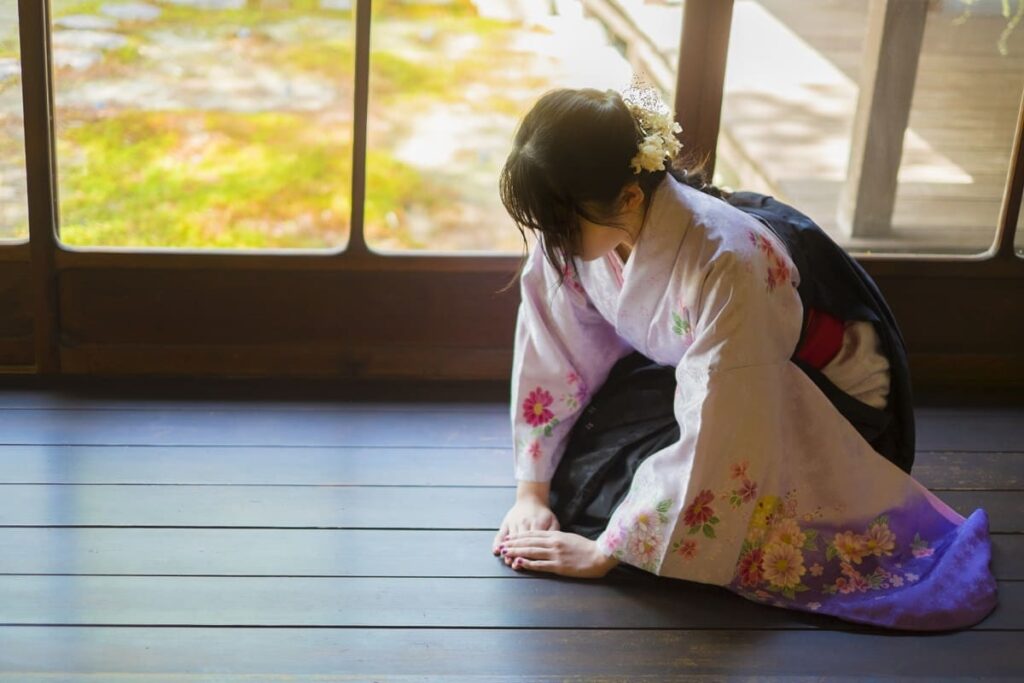
Recently, Seiza has gained attention abroad thanks to the popularity of Zen, mindfulness, and Japanese aesthetics.
When sitting in Seiza, your spine naturally straightens, your breathing slows, and your mind becomes calm — just like in meditation.
It’s also visually stunning.
From tea ceremonies and kimono photoshoots to scenes in Japanese films, Seiza represents grace, harmony, and inner peace.
For many, learning Seiza is not just about sitting; it’s about understanding the Japanese spirit of respect, balance, and self-control.
Final Thoughts about Seiza
Seiza is more than just a sitting style — it’s a reflection of Japanese values and history.
It came from China during the Nara period, spread through the samurai class in the Edo era, and became part of Japan’s national etiquette in modern times.
Even though it can make your legs go numb, Seiza remains a symbol of discipline, humility, and elegance.
So next time you visit Japan, why not give it a try?
Just remember — stand up slowly when you’re done, or you might stumble on those sleepy legs!

If you are interested in Japanese culture, you may love these games!
Let’s play!

Yes! Let’s play!

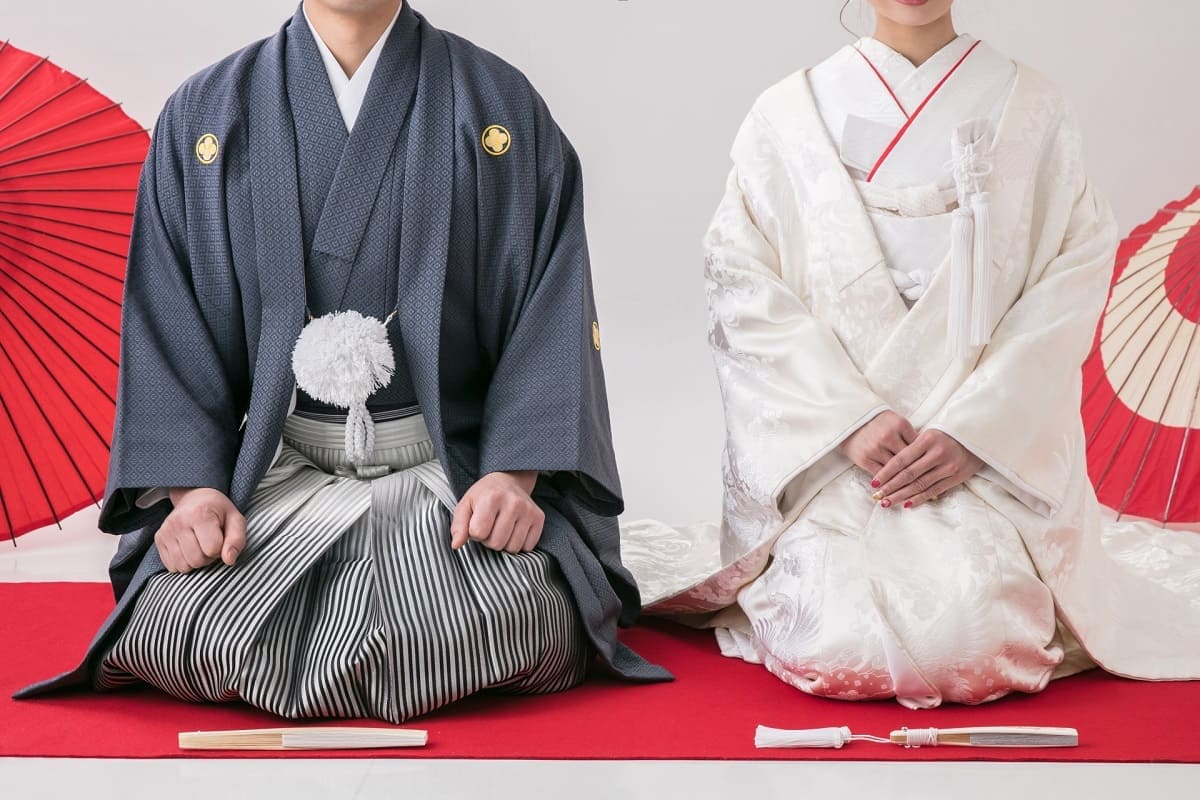

Comments